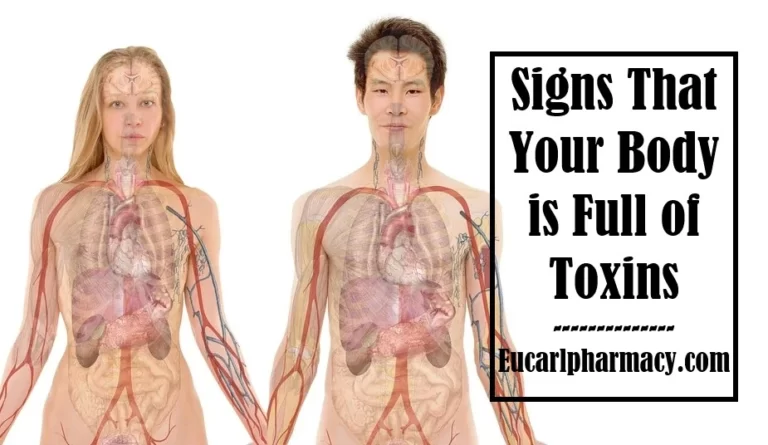What Is Ozone Therapy? Its Uses & How It’s Being performed
What Is Ozone Therapy? Over the years, and with the evolution of technologies and medicine, many diseases can now be treated using unconventional methods. The so-called alternative medicine, although not scientific support, like traditional medicine, is the choice of many people in the treatment of various pathologies.
The ozone layer protects us from the UV rays that reach the earth, and from the general knowledge that ozone is a toxic gas. Ozone inhalation is associated with several respiratory and cardiovascular problems. However, ozone therapy is a technique that, using the correct procedures, uses ozone to treat diseases.
In this article, we approach ozone therapy, seeking to answer the most frequently asked questions about this therapy, how it works and what are its purposes.
What is ozone therapy?
Ozone therapy is an unconventional technique in which ozone is administered to the body for the treatment of various pathologies. Ozone is applied to the disease site, through veins, muscles, or through rectal insufflation. As it is a sensitive procedure, this technique should only be performed by a health professional.
“Medical ozone” (a mixture of medicinal oxygen with a small percentage of ozone produced by a certified generator) has anti-inflammatory, analgesic, and antiseptic properties, improving the functioning and oxygenation of tissues, in addition to strengthening the immune system.
What is ozone therapy for?
It interrupts unhealthy body processes, such as bacteria and infections, or prevents the oxidation of tissues and processes. For these reasons, it can be used to improve various health conditions.
We list below some of them:
1. Breathing problems
Asthma, bronchitis, and other respiratory
can be treated by ozone. it promotes greater oxygen entry into the blood, increasing glucose, improving red blood cells, and releasing more oxygen to the body’s tissues.
This technique also significantly improves the airways, making them more resistant, and improving the respiratory rate.
2. Immune system
People with difficulties or deficiencies in the immune system may experience improvement with this. This treatment helps to alleviate diseases such as multiple sclerosis or rheumatoid arthritis, by virtue of stimulating the immune system, making it a stronger given.
3. HIV/AIDS
Some studies point out that ozone therapy can be beneficial in the treatment of HIV/AIDS since ozone causes the inactivation of a protein from this virus. In addition, ozone acts as an antioxidant and antimicrobial, improving the quality of life of those suffering from the disease.
4. Cancer
Some studies point out that, as long as it is done correctly, ozone therapy can benefit cancer treatment, namely by stopping the replication of cancer cells.
In addition, this stimulates the defense of other cells in the body and increases other factors linked to stimuli for immune system reactions.
As it is minimally invasive, this therapy can also be performed in parallel with other treatments, such as radiotherapy and chemotherapy, as it helps to reduce complications and increases the effectiveness of these treatments.
5. Infections
Ozone therapy can inactivate bacteria, fungi, viruses, and other parasites that attack the human body. There are studies that prove its effectiveness in certain infections, such as Lyme disease, candidiasis, and even other vaginal and intestinal infections.
To combat bacteria, ozone therapy works by disrupting the integrity of the “walls” surrounding the bacteria, and this causes phospholipids and lipoproteins to be oxidized.
In fungi, this therapy interrupts the growth process of fungal cells at certain stages. In viruses, ozone damages the virus and interrupts its reproductive cycle.
6. Diabetes
Some complications that patients with diabetes may face come from oxidation that occurs in the body due to stress. Ozone therapy activates the antioxidant system that normalizes blood glucose levels.
In addition, this therapy improves circulation and allows for the improvement of tissues that are affected by the lack of oxygenation that occurs in diabetes. Therefore, although there are no studies to prove the effectiveness of ozone therapy for the treatment of diabetes, it can be used to improve the healing of ulcers and wounds caused by the disease.
7. Wounds
Ozone therapy is a great alternative to treat wounds, simply applying ozone directly to the injured area. In vitro, studies seem to show that ozone reduces the concentration of some bacteria that slow the wound healing process.
8. Other diseases
In addition to the conditions mentioned above, ozone therapy can also be used to treat inflammatory diseases, arthritis, hernias, circulation problems, respiratory syndromes, rheumatism, ischemia, and high cholesterol, and also in dental treatment.
How is This therapy performed?
As already mentioned, even though it is a minimally invasive procedure, ozone therapy should always be performed by a health professional. The therapy can be performed through direct application on wounds, intravenously or intramuscularly.
In the case of intravenous ozone therapy, a quantity of blood is taken from the patient and then “mixed with ozone”, and then reapplied to the patient.
In intramuscular ozone therapy, ozone can be mixed both in the patient’s own blood, as well as in sterile water, and then applied to the muscles.
There are other techniques that can also be used in ozone therapy, such as paravertebral and intradiscal injections, or renal insufflation, where ozone is mixed with oxygen and applied directly to the patient’s colon.
What are the side effects of ozone therapy?
Ozone is an unstable gas, which can make treatment somewhat predictable. If applied in the wrong amounts, ozone can damage red blood cells.
What are the contraindications?
Yes, ozone therapy should not be administered during pregnancy, in patients who have already had a heart attack, people with uncontrolled hypothyroidism, or blood clotting problems, among others.
We hope this article has helped you understand some of the main applications of ozone therapy. Finally, note that this article has not replaced medical advice. Take care!




![The Best Collagen Supplements Available in Canada ([year]) collagen supplements Canada](https://eucarlpharmacy.com/wp-content/uploads/2023/06/17_1080x-768x768.jpg)

